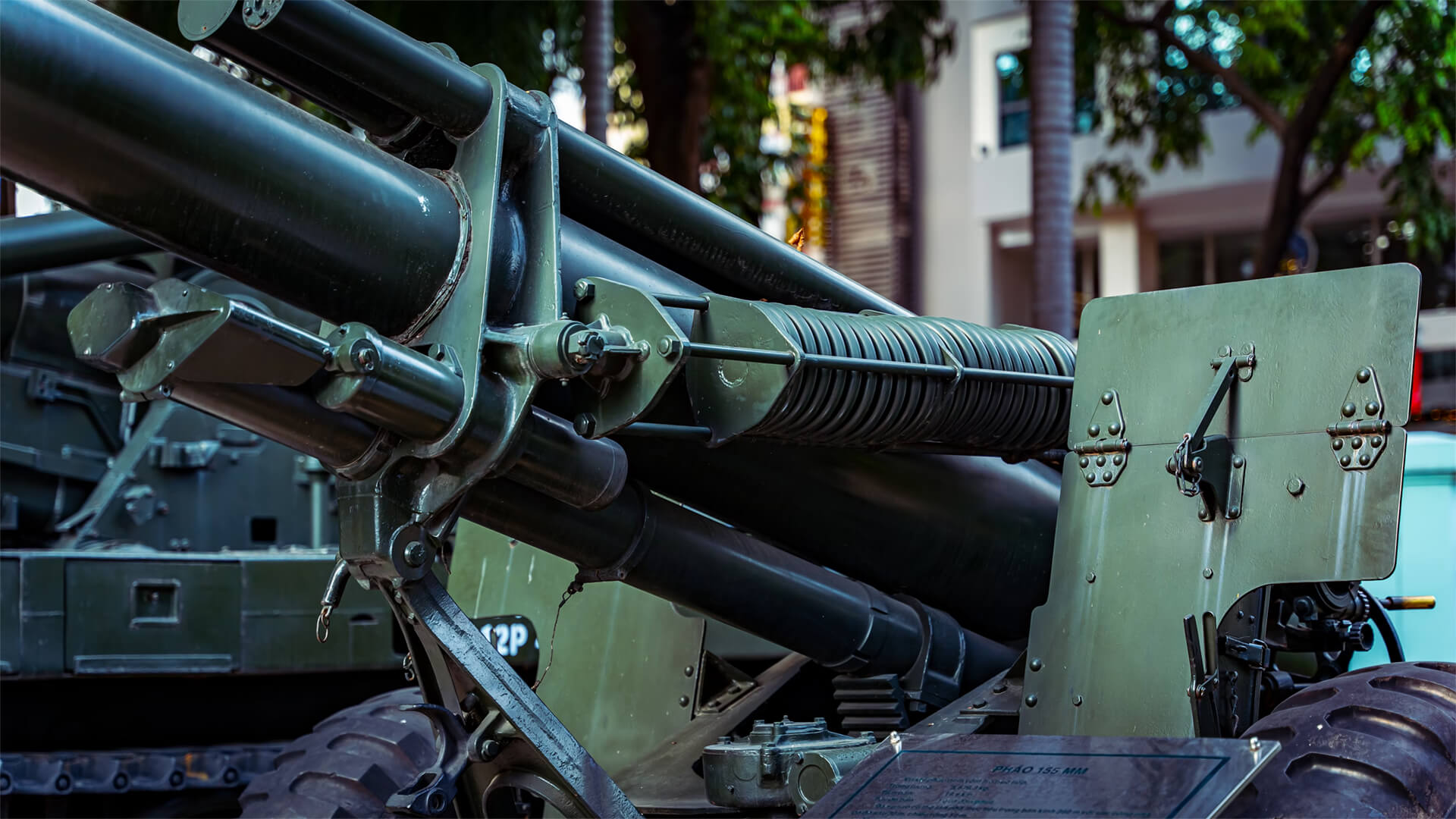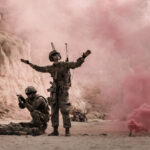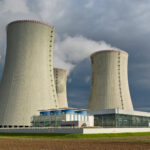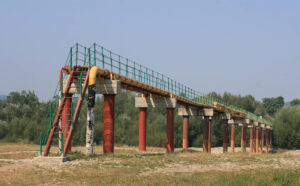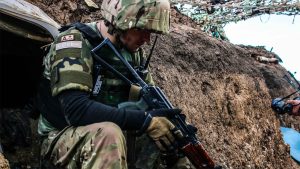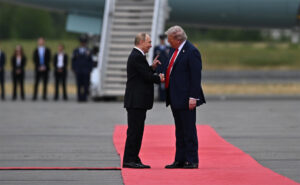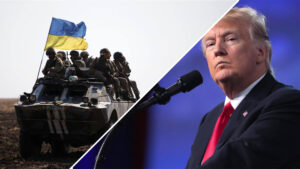*This video was recorded last week, prior to Peter departing on his backpacking trip.
There are reports coming out of Ukraine indicating that there has been a sharp uptick in Russian artillery losses. This data isn’t confirmed, but it could be a good sign for Ukraine.
As we know, the Russians rely heavily on their artillery for inflicting casualties on Ukraine. If reports are true, this could be a serious blow to the Russian military. So, what is contributing to the Ukrainians success?
There are a number of factors at play here. The Russians are using North Korean shells, which limit their range and accuracy. The Ukrainians have Western tech and support, which has enabled them to utilize long range drones and advanced weapons like the ATACMS.
Should this trend continue, the Russians will struggle to keep up with the losses they are incurring and it could be a huge break on the frontlines for the Ukrainians. Once I return from my backpacking trip, perhaps we’ll have a more clear picture of what all this looks like.
Here at Zeihan On Geopolitics we select a single charity to sponsor. We have two criteria:
First, we look across the world and use our skill sets to identify where the needs are most acute. Second, we look for an institution with preexisting networks for both materials gathering and aid distribution. That way we know every cent of our donation is not simply going directly to where help is needed most, but our donations serve as a force multiplier for a system already in existence. Then we give what we can.
Today, our chosen charity is a group called Medshare, which provides emergency medical services to communities in need, with a very heavy emphasis on locations facing acute crises. Medshare operates right in the thick of it. Until future notice, every cent we earn from every book we sell in every format through every retailer is going to Medshare’s Ukraine fund.
And then there’s you.
Our newsletters and videologues are not only free, they will always be free. We also will never share your contact information with anyone. All we ask is that if you find one of our releases in any way useful, that you make a donation to Medshare. Over one third of Ukraine’s pre-war population has either been forced from their homes, kidnapped and shipped to Russia, or is trying to survive in occupied lands. This is our way to help who we can. Please, join us.
Transcript
Hey, everybody. Peter Zeihan here, coming to you from Denver International Airport, where I’m about to catch a flight to California for some hiking in the area. This means you won’t get any updates from me on Ukraine or anything else for the next month, as I’ll be out of touch. So, let me give you an idea of what I’ll be looking for when I get back, as there’s a new wrinkle in the conflict worth noting.
The Ukrainian government, over the last five or six weeks, has been reporting a tripling in the tolls inflicted on Russian artillery. Russian artillery is critical to their military strategy. The Russian military is fundamentally an artillery force, rather than an infantry or armored force. Approximately 80% of the casualties suffered by the Ukrainian military have been due to artillery. When the Russians advance into a town, they don’t clear it door by door; they use artillery to reduce everything to rubble and then take control of the ruins.
While I can’t confirm the accuracy of this reported tripling—it’s likely part propaganda and part optimism—independent reports also indicate a significant uptick in artillery activity. However, these reports are often somewhat dated. There are a couple of factors suggesting that the Ukrainians are seeing more success.
The first factor is somewhat technical: a lot of North Korean shells are now entering the field. These shells can’t be used with modern artillery systems. North Korea is many things, but a technological leader it is not, so most of the artillery pieces the Russians have that can use these North Korean shells date back to the 1950s. They have a much shorter range.
Until now, Ukrainian loitering munitions only had a range of about 12 miles, which meant not many Russian artillery pieces were within range. But with the North Korean stuff, some are, and more importantly, the Ukrainians have built up an industry from scratch for robotics and drones. There are now not just dozens, but hundreds, possibly even low thousands, of basically garage shops around the country.
These garage shops are producing more advanced and, most importantly, longer-range drones, with ranges now extending to 20 to 35 miles. This puts a majority of Russian artillery potentially within range. So, it’s really a question of how quickly the Ukrainians can ramp up production. It’s not just the Ukrainians, of course.
Most Western allies have now allowed Ukraine to conduct at least limited strikes within Russian territory using the weapons they’ve been provided. Weapons like the American ATACMS are having a significant impact. However, the number of these weapons is relatively limited, so they’re reserved for large concentrations rather than single artillery pieces.
But if the Ukrainians can produce thousands of drones and deploy a dozen to each target, this could significantly change the frontline dynamics. By the time I get back in a month, we should have a clearer idea of whether this strategy is working. The Russians started the war with about 2,000 artillery pieces in active units and another 19,000 in reserves, in various states of disrepair. If the burn rate on these artillery pieces has indeed tripled, the Russians won’t be able to keep up with new production and refurbishments.
While I hesitate to use the term “game changer,” given the many variables in play, this development could certainly be the most significant happening this summer.

